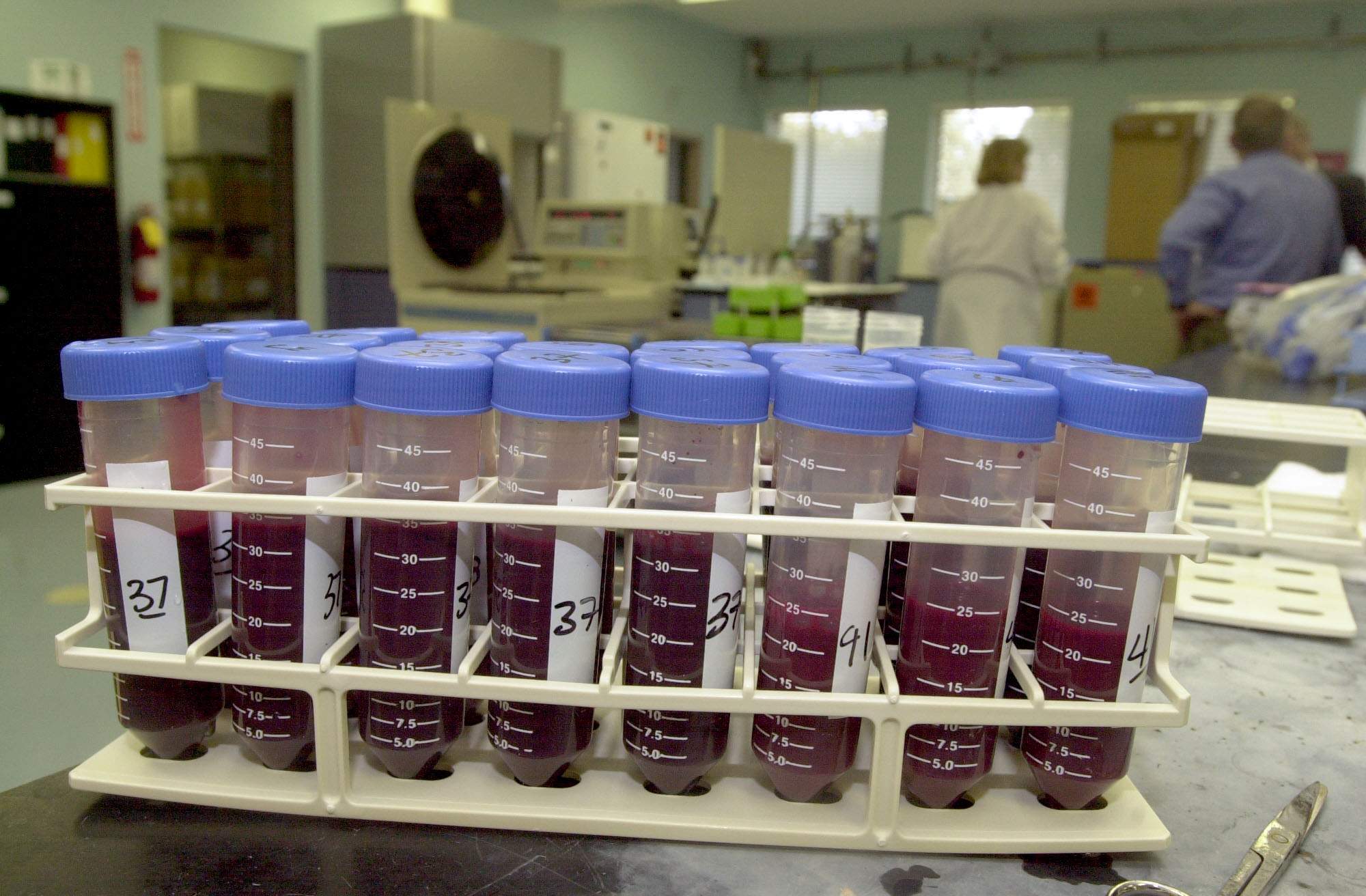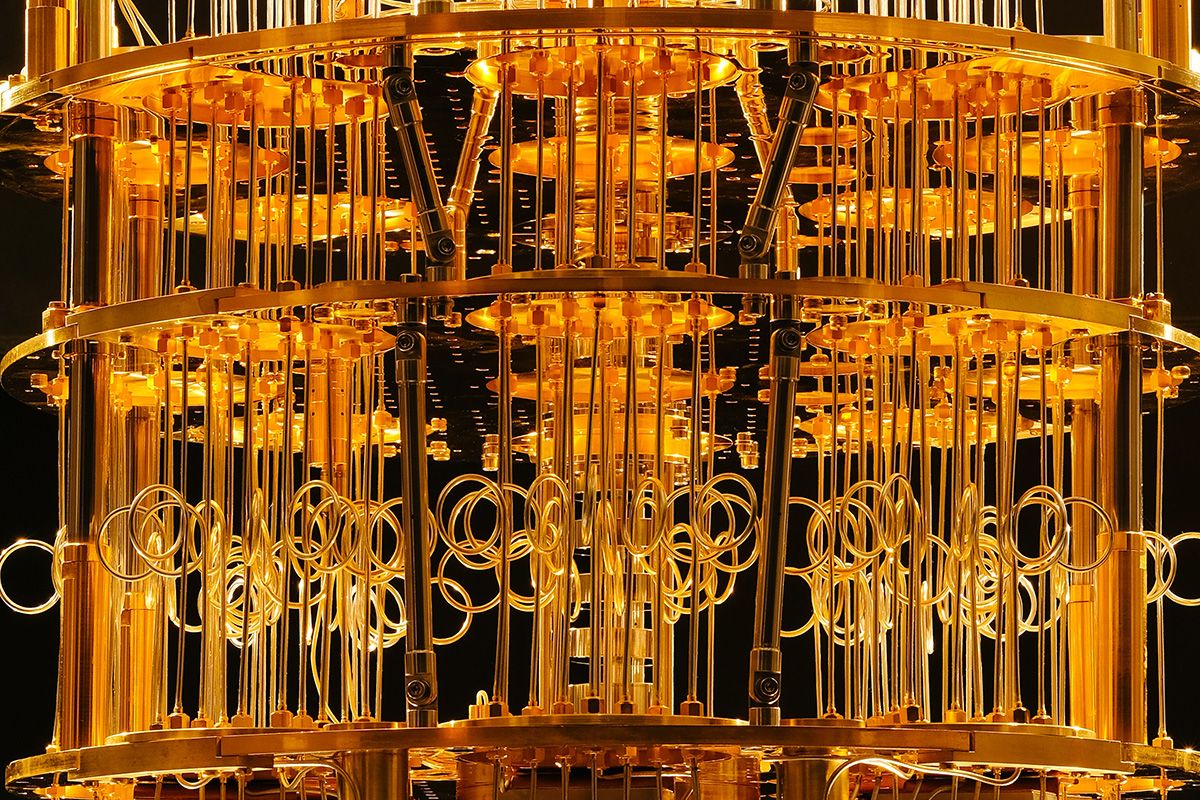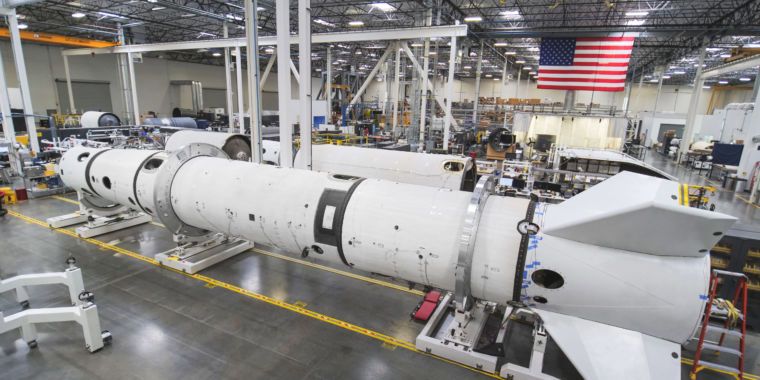Scientists seek a single description of reality. But modern physics allows for many different descriptions, many equivalent to one another, connected through a vast landscape of mathematical possibility.



OLDSMAR Cryo-Cell International, the local company that was the first private cord bank to separate and store stem cells, has acquired a public cord blood bank company based in Orlando for $14 million.
Cryo-Cell announced the acquisition of CORD: USE on Monday. The sale propels Cyro-Cell into the public cord blood banking business. Cryo-Cell co-CEO David Portnoy said the purchase will raise revenues by about 20 percent.
Cryo-Cell was founded in 1989 and now holds the stem cells of more than 500,000 families from 87 countries, according to the company. CORD: USE has agreements with hospital across the country to receive donations from mothers of babies chord blood while also storing families stem cells.


“This, of course, will deepen scientific and technological cooperation at the experts’ level in many areas, including but not limited to, advanced material sources. We are talking here of biotechnology, nanotechnology, data analysis, artificial intelligence, space technology, innovation policy,” Hernandez said.
By Genalyn Kabiling and Argyll Cyrus Geducos
Seoul, South Korea — The country’s vibrant relations with South Korea are expected to be strengthened with the planned cooperation accords on transportation safety, technological development, port expansion, and revitalized trade during President Duterte’s official visit.

Researchers at the National University of Singapore (NUS) have potentially found a new way to combat hypertension by discovering how blood pressure is controlled.
What is hypertension?
High blood pressure, or hypertension, rarely has noticeable symptoms. However, if it is left untreated, your risk of serious problems, such as heart attack and stroke, is increased.

Update from a space robot rolling around Mars!
Sols 5073–5102
Opportunity continued exploring the south trough of Perseverance in May, still looking for evidence that explains just how this one-of-a-kind valley meandering through Endeavour Crater’s rim formed, and, along the way, helped the Mars Exploration Rover (MER) mission chalk up yet another first, linking with three relay orbiters in one Martian day or sol to send a pipeline of data home.


Creators of science fiction and fantasy books, films, and TV shows present stories of possible or imaginary worlds – and their presentations can range from the realistic to the fantastical. When we watch Westworld (and viewership is growing, with the season one finale drawing 2.2 million viewers ), we look forward 30 years into a potential future envisioned by its writers. Returning to the notion of reality and fantasy (or fact and fiction), the extent to which a sci-fi film might be descriptive of the future seems to be anybody’s guess.
However, we can actually get a sense of how reasonable the picture of the future that is being presented to us is if we consider it in terms of its pieces – particularly the technologies it presents. To consider the feasibility of the fascinating tools and other inventions depicted in these currently fictitious scenarios is, in some manner, to look through a window into the future. In a more functional sense, considering the show’s technology allows us a way to understand it in a broader cultural and historical context (as well as to better understand the possible future developments of these technologies through a fictional example).
Here are five key technologies from Westworld that are not AI, along with a sense of how close we are to actually having these seemingly “space-age” technologies available.

An interview with Laura Weston, medical doctor and artist, on transhumanism and rejuvenation.
The belief that science and art run on parallel tracks is largely unsubstantiated, and Dr. Laura Weston—a scientist, an artist, and a LEAF volunteer—is a great example of this. Dr. Weston is both a molecular pathologist and a painter, and she has recently launched her own art gallery. Being a passionate life extensionist and, more generally, a transhumanist, Laura undertook this project because of her belief that art can and should take part in shaping a better future for everyone; art hosted in her gallery will certainly do this in the traditional way of conveying a message but also more directly, since part of the proceeds from sales will be destined for conservation charities, medical research, and even LEAF—which we are all most grateful for.
Artists and art enthusiasts who want to make a difference for important causes, including life extension, now have their chance to do so by contributing their own art or buying their favorite works. Pieces hosted at Katrin Brunier—Laura’s nom de plume—are examples of abstract works inspired by transhumanist themes; you can admire a sample below or visit the gallery’s Instagram page.

